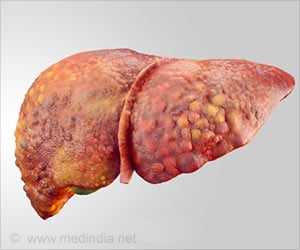Opioid overdose epidemic in the United States is worsening and measures to restrict access to prescription opioids will have a minimal impact in reducing overdose deaths.

‘Early identification of patients with opioid abuse disorder and using harm reduction drugs like naloxone could reduce the incidence of opioid overdose deaths.’
Read More..




"The opioid epidemic started with a sharp increase in opioid prescriptions for pain in the 1990s; but since 2010 the crisis has shifted, with a leveling off of deaths due to prescription opioid overdoses and an increase in overdose deaths due to heroin," says Jagpreet Chhatwal, PhD, of the MGH Institute for Technology Assessment (MGH-ITA), corresponding author of the report. Read More..
"In the past five years, deaths have accelerated with the introduction of the powerful synthetic opioid fentanyl into the opioid supply, leading to a continuing increase in overdose deaths at time when the supply of prescription opioids is decreasing."
Chhatwal's team used data from sources such as the National Survey on Drug Use and Health and the Centers for Disease Control and Prevention to develop the Opioid Policy Model, reflecting the trajectory of the opioid epidemic in the U.S. from 2002 to 2015. They then used that model to make projections for probable outcomes from 2016 to 2025.
Under a status quo scenario, in which no further reduction in the misuse of prescription opioids occurs in coming years, the model projects that the annual number of opioid overdose deaths will increase from 33,100 in 2015 to 81,700 in 2025, a 147 percent increase.
The model also predicts that, during those years, a total of around 700,000 people will die from an opioid overdose, 80 percent from illicit drugs like heroin and fentanyl. The researchers also estimate that, by 2025, half of all new opioid users will begin with illicit rather than prescription drugs. In all scenarios tested, interventions directed towards reducing misuse of prescription opioids were projected to decrease overdose deaths by only 3 to 5 percent.
Advertisement
Co-author Marc Larochelle, MD, MPH, of the Grayken Center for Addiction at Boston Medical Center, an assistant professor of Medicine at Boston University School of Medicine, says, "This study demonstrates that initiatives focused on the prescription opioid supply are insufficient to bend the curve of opioid overdose deaths in the short and medium term. We need policy, public health and health care delivery efforts to amplify harm reduction efforts and access to evidence-based treatment."
A multipronged approach - including strategies to identify those with opioid use disorder, improved access to medications like methadone and buprenorphine, and expansion of harm reduction services such as the overdose-reversal drug naloxone - will be required to reduce the rate of opioid overdose deaths." Chhatwal is an assistant professor of Radiology at Harvard Medical School.
Source-Eurekalert










